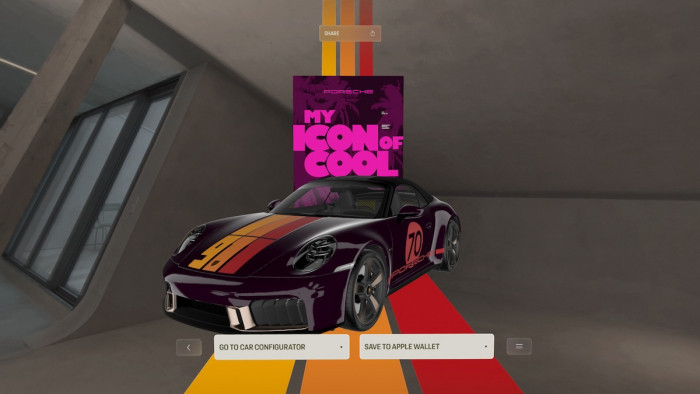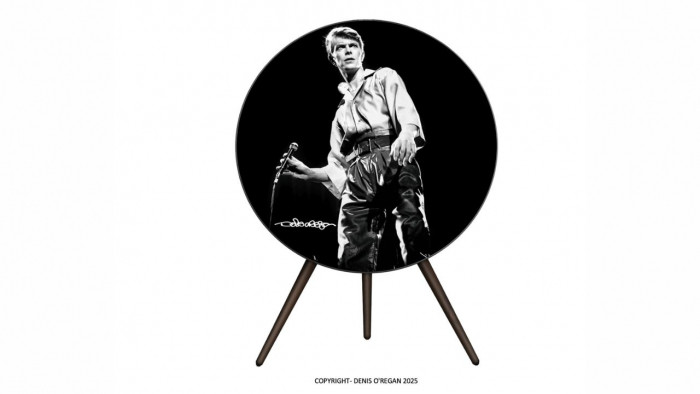This year, almost five years after its release, the video to Psy’s ‘Gangnam Style’ lost its crown as the most streamed video on YouTube.
The K-Pop single, the first in its genre to reach number one in the UK charts, was overtaken by Wiz Khalifa’s ‘See You Again’ just shy of three billion views. It has since also been passed by ‘Despacito’, by Luis Fonsi feat. Daddy Yankee, which has now gone on to become the first to cross the three billion mark.
There definitely appears to be a trend towards a certain type of video when it comes to the most popular YouTube clips. Of the 72 (at the time of writing) videos with more than a billion views, 57 were released in 2013 or later. Only three of the 72 are not music videos, while the overwhelming majority are performed in English or Spanish (‘Gangnam Style’ is the only Korean-language video on the list).
It marks a huge change from the early years of the streaming platform, when novelty songs and Rude Tube-friendly hits like ‘Charlie Bit My Finger’ and this bizarre thigh massage video were among the most viewed.
It feels as though the age of the novelty viral sensation are over, but what has led to this change – and is it forever?
“It feels as though it’s a lot more difficult to have a viral video now, but that depends on how you define viral,” Judson Laipply tells me.
You might not know Laipply by name, but if you spent time online in the early days of YouTube you will surely remember his ‘Evolution of Dance’ video, in which he performed more than 30 iconic dances spanning half a decade.
The original video – uploaded in April 2006 – racked up more views on the streaming service than even the biggest music videos of the year and currently sits just shy of the 300 million mark. But that figure wouldn’t even put it close to the top five for 2017, and it is fair to say a lot has changed in the intervening period – both in terms of the way music is consumed and how it is shared.
“Sharing is very different to how it used to be,” Laipply adds.
“Back then, something had to be so amazing that you would want to cut and paste it before sharing with someone.”
“There’s no simple event I can point to as a catalyst [for ‘Evolution of Dance’], but it might have been down to the blogs – there were maybe one or two of the more influential blogs, the early adopters, mentioned it.
“I was fortunate that, at the time, YouTube was a new platform so a lot of the time my video was used as an example of the sort of thing you would see there.”
While the concept of ‘going viral’ was very much alive in 2006, the idea of consumers (or even ‘influencers’) dictating a path to virality didn’t take the same form as it does today.
Twitter only launched in 2007, and had fewer than a million active users even at the end of the year, while Facebook remained restricted to those with a .edu email address until several months after ‘Evolution of Dance’ was first released.
In the early days of both social networks, sharing was not as simple as just hitting a button underneath the video (indeed, a ‘Share to Twitter’ button didn’t arrive until as late as 2009), which arguably worked both for and against the movement towards viral fame.
Back in 2006, in addition to social media not being as developed as it is now, music consumption occupied an entirely different landscape.
Caught between the predominance of physical music and the rise of streaming services like Spotify (launched in 2008), Tidal (2014) or Apple Music (2015), the early years of YouTube coincided with a period of time during which some were preparing for the digital download to dominate the landscape.
With more people owning permanent copies of singles or albums, physical or otherwise, there simply wasn’t the same familiarity with streaming when it came to music consumption, but that’s not the full story. It took a little longer for artists and bands to coordinate their YouTube output, with a proliferation of unofficial versions of songs appearing as work was done to impose a viable method for cracking down on copyright infringements.
These days, collated view counts can be found on the YouTube artists directory as various ‘versions’ are absorbed into one ‘song’ category, but that is not the only change.
Gennaro Castaldo of the BPI, the UK labels association behind lengthy research into streaming and YouTube specifically, calls the move towards streaming “a bit of a game-changer” when it comes to identifying certain consumption patterns with particular demographics.
“We’re seeing older consumers become more confident in their embrace of digital, while younger buyers – millennials dubbed ‘Generation Z’ – are showing real enthusiasm for buying their favourite music on CD and particularly vinyl LP physical formats after they’ve streamed it,” Castaldo tells me.
“Recent research suggests another growing trend among younger consumers is that they value music more as their interest in music develops, and will subscribe to premium music services to enjoy a more connected, ad-free experience.
“This is great news as it helps to generate more revenues for artists and record labels have the scope to invest even more in new music – creating even more content and choice for fans.”
Interestingly, we have reached the stage where many of the most popular individual YouTubers are not musicians, though these individuals often benefit from high subscriber numbers and views spread across multiple videos.
As an example, PewDiePie and HolaSoyGerman – the two YouTubers with the highest number of subscribers – haven’t come close to 100 million views on any individual video, let alone a billion. As for the big-hitters in the UK, a MIDiA research report on Generation Z – jointly commissioned by the BPI and the Entertainment Retailers Association (ERA) – found that the cumulative views of all videos from Zoella and KSI would not crack the platform’s all-time top five when added together.

There is, of course, another elephant in the room: namely the rise of other video platforms which arguably lend themselves more to viral content than something as crowded and ad-driven as YouTube.
Countless Facebook pages will carry videos capable of generating millions of views in a way which makes YouTube replication unnecessary beyond the point of brand posterity.
“These days it’s not about having one big video, it’s about being able to make a lot of videos over time and maybe one or two of them are huge,” Laipply notes.
“Now, of course, you’ve got Facebook video as well, where things can get 50 million video views or more, but there’s not the same place for it to live as on YouTube.
“It feels as though it’s a lot more difficult to have a viral video now, but that depends on how you define viral.”
Castaldo could be forgiven for having similar fears, based on the numbers he has seen, but is refusing to rule anything out.
“The unpredictable and somewhat random nature of the internet means that viral hits remain entirely possible,” he says.
“Our industry – artists, labels publishers, and so on – may have embraced the internet and become far more adept at achieving global reach through digital marketing social media engagement around their artists, but that doesn’t prevent breakout moments from happening, especially for something totally fresh or innovative.
“You can learn to ride the wave, but you can never control it.”

This is all going on, we must remember, without one more factor which could push things even further in the direction of music videos rather than less categorisable viral videos.
As things stand, these videos are (unlike audio streams) not included in official chart calculations, even though YouTube has its own weekly charts.
“This is partly because they are seen as being a slightly different beast,” Castaldo says, though he also points to another contributing factor.
“A particular concern, dubbed the Value Gap, is that video streams return only a fraction back to creators in relative terms for the music they feature, and many across the music community would therefore like to see a more level playing field.”
This raises questions of how YouTube videos are consumed, and the proportion of people who treat music videos as de facto audio streams, ‘watching’ videos in unused tabs or leaving them playing in the background ad nauseam.
We requested figures from YouTube regarding the split between videos watched with sound on or sound off, but no such data was available.
“Part of it is the shift in consumption of music,” Laipply suggests.
“The younger generation listen to music by queuing up some YouTube playlists, and I would love for there to be an eye test as I’m sure a lot of people are not watching the videos, they’re just having them on in the background to listen to the music.”
There is an argument that ‘Gangnam Style’ was able to bridge the gap by virtue of its appeal being split between those interested in the unique video for novelty value and those purely interested in the music, making for a broader overall appeal in the way that videos only appealing to the first of these groups may lack.
Similarly, videos with a musical element lend themselves to repeated plays in a way which some other viral videos may not, again helping inflate view counts.

Ultimately, we can’t write off the future success of viral hits for the same reason we couldn’t predict their initial tailing-off.
At the very least, some of the factors that contributed to successes like ‘The Evolution of Dance’ are still front-and-centre in our consumption of videos online, with the biggest difference coming in their fragmentation rather than their existence.
The fact that less categorisable viral videos were overtaken by ‘official’ content can’t purely be put down to labels and artists getting their heads around certain platforms.
There will have been a time when no one could have imagined the top YouTube video not being an English-language release, in much the same way as the idea of music videos dominating the platform at all wasn’t always a given.
If videos like Laipply’s can climb to the summit once, it would be naive to rule out the prospect of it happening again.
(Images: Rex Features)










